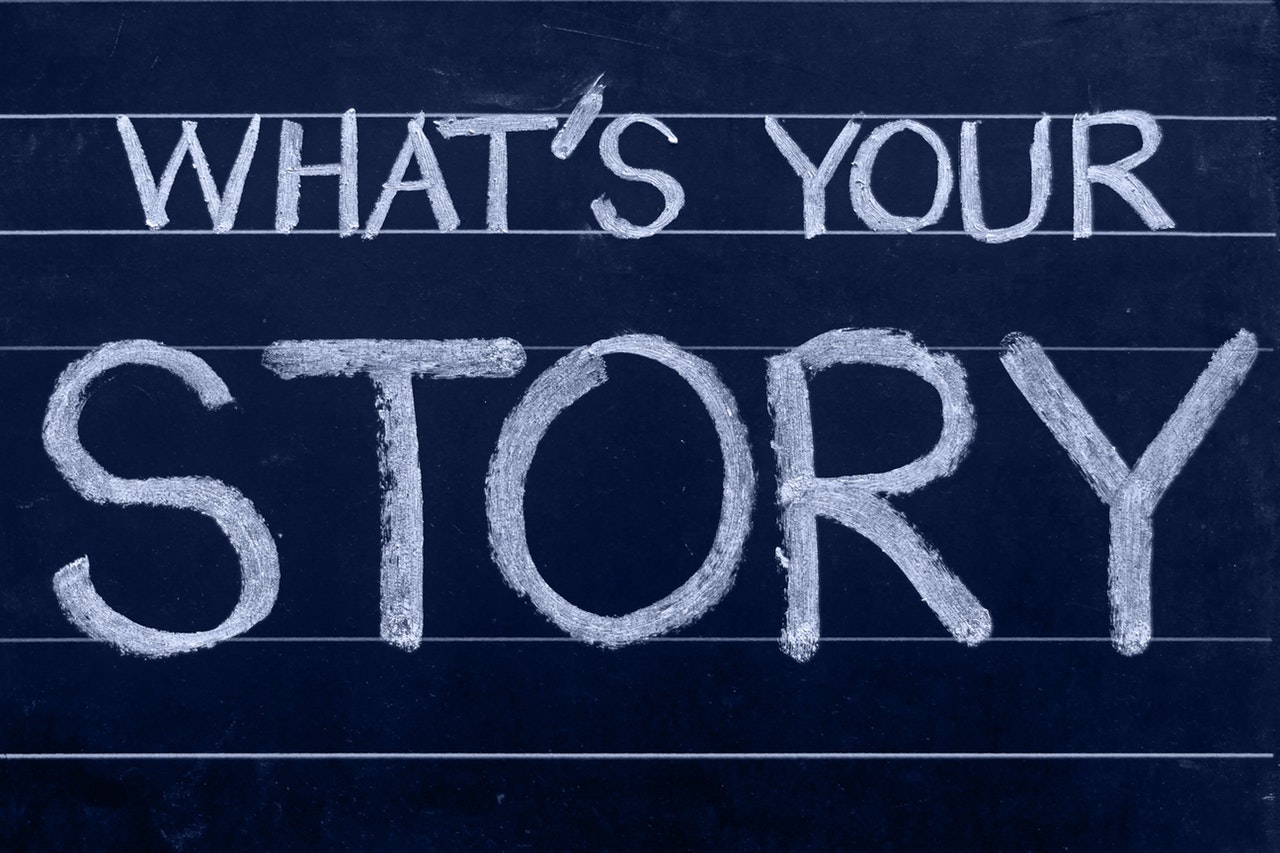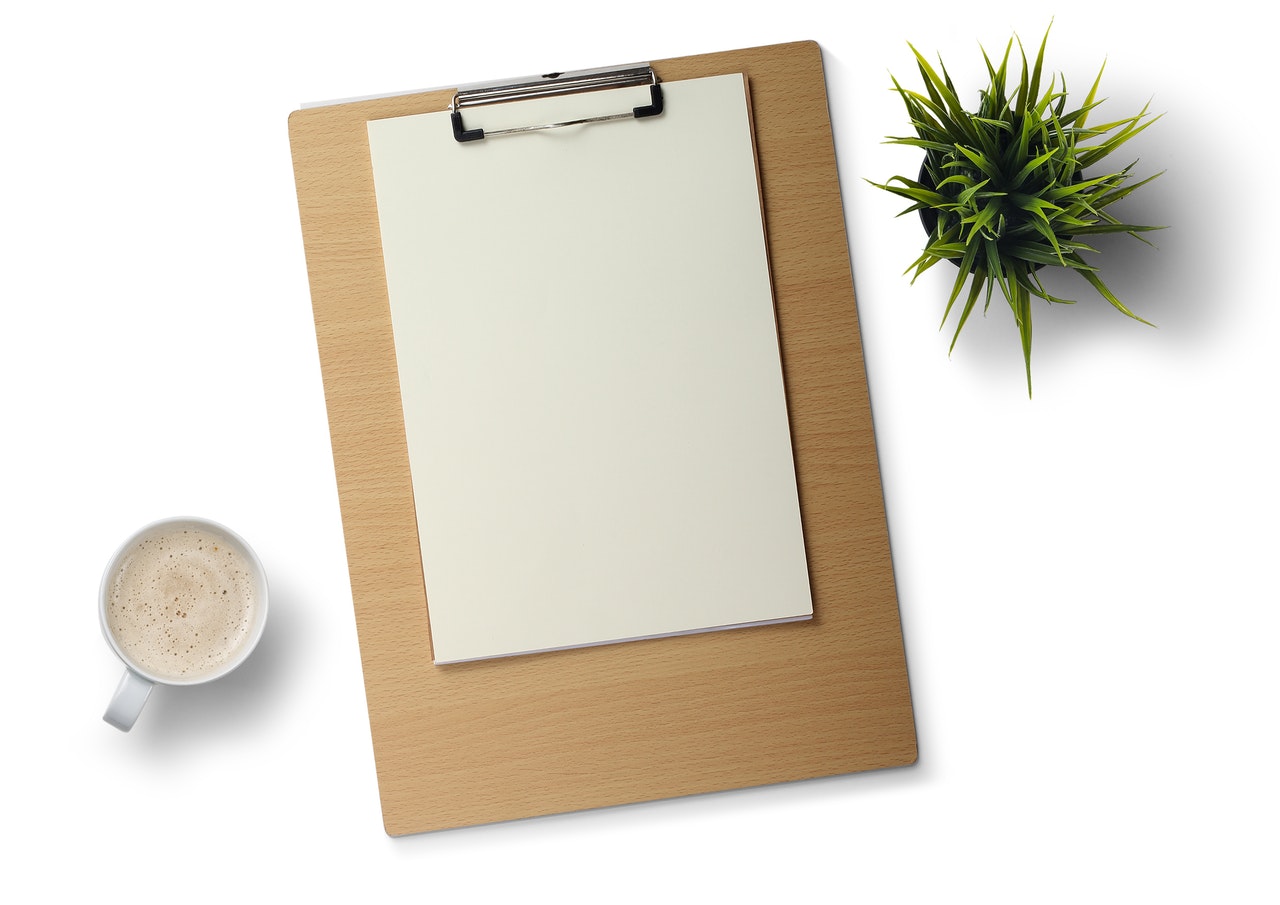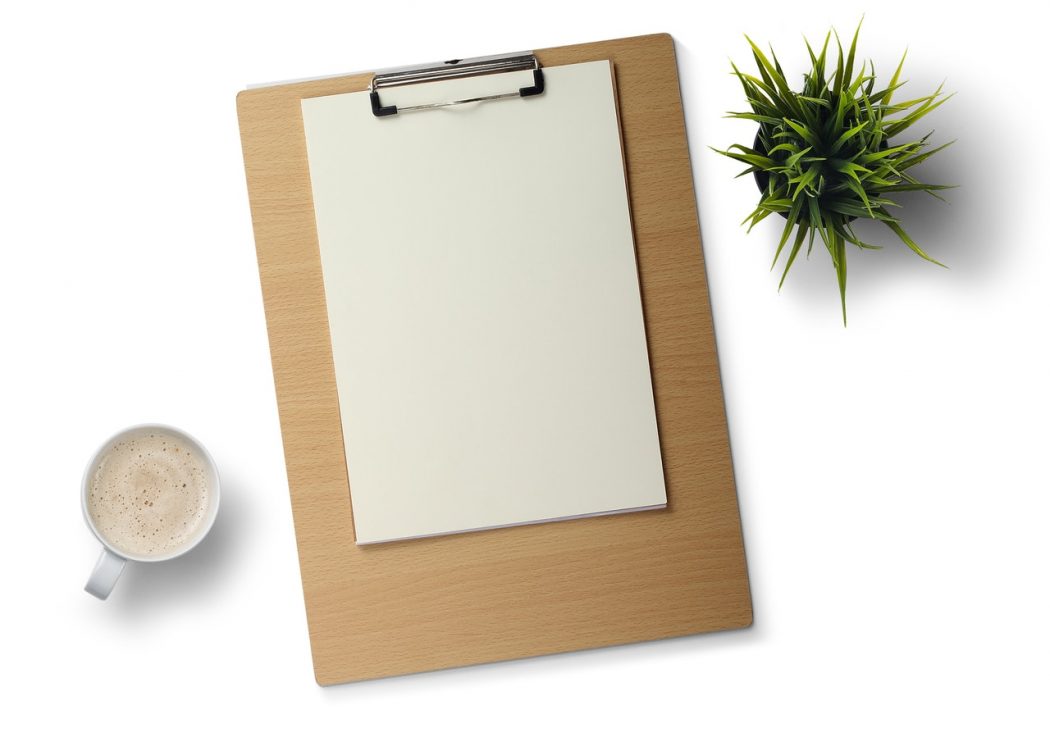What are Employers Looking for in a Resume?
Crafting your resume is something you can easily spend hours and hours doing. While you may think it looks great when you are finished, what really matters is what employers think. There are a number of key purposes to your resume; showcasing your work, demonstrating your employability and showing that you are a well-rounded candidate. Since hiring managers often receive tens of applications for a single position, you need to ensure that you have created a resume that is easy to scan and pick out all the key information.

In this article, we are going to be looking from an employer’s point of view when they are scanning through resumes. Hopefully, this will give you a little more insight of how you should craft your CV and the type of information you should include. If you are looking to have this done professionally, it is worth examining the truth about cheap resume writing services. Let’s dive in with the first thing they are looking for…
Easy-to-Read
You might have the most impressive resume in the world, but if the employer struggles to read the words on the page, it is not going to go much further. Some of the formatting issues that you should consider include the size of the words, type of font, spacing and margins. Since many resumes are read digitally these days, it is worth looking at yours both on a screen and in print. Don’t try to squeeze everything onto one page if the legibility is suffering. A two-sided CV is not too long in most instances.
Simply Scannable
A popular statistic that is regularly bandied around is that employers only spend six seconds scanning the average resume. Whether this is true or not is debatable, but nevertheless, you should make sure that it is scannable and easy to pick out the key information out of yours. So, you can use a bold font for your job roles, education history etc, as well as clearly dividing your resume up into sections. Then, you can use bullet points to get across the main points. Also, there should be enough white space on the page so as not to overwhelm the hiring manager.
Accomplishments and Relevant Achievements
It is true when people tell you that your resume should be customised depending on what job you are applying for. So, look through the list of required skills and attributes, and make sure you put these front and centre on your resume. Don’t just give a dry list of your day to day tasks at your previous job; you should talk in more detail about the responsibilities you took on and the skills you developed. It is a good idea to have one long resume where you list all your job roles in detail, plus education, personal interests etc. This way, you can copy and paste all the relevant pieces of information into a smaller document depending on each job’s specifications.
A Clear Story

Employers want your resume to tell a story about you, but it doesn’t necessarily have to be your life story. So, if you had some job roles years in the past, these may be worth taking off or at least condensing to a single line. If you can show career progression throughout your resume, you will put yourself in a strong position. If you are making a complete change, you should show transferrable skills where possible. When it comes to the points that you list under each job role, try to make them different and no one wants to read a document that just repeats the same point again and again.
No Mistakes
Though employers aren’t likely to register mistakes when they first scan your resume, they may start picking them up if they decide to read a little closer. And if you have listed ‘attention to detail’ as one of your top attributes, this could immediately pose a problem! Your first port of call will be a spelling and grammar check, but this doesn’t always pick up everything. You should ask a couple of other people to cast an eye over your resume to sift out the obvious errors.
Proper Formatting

We have already touched on this point, but formatting should be a key consideration when writing a resume. Though there are clearly defined standard formats that you can choose from, you could also opt to go for a style that is a little different to grab the attention of the readers. The formatting should be kept consistent throughout the document. If you want to be very thorough, you could create a couple of different options and choose the one that you think looks best. Otherwise, it is always worth getting a second opinion.
Appropriate Choice of Language
We have talked a lot about your resume from a scanning point of view, but you also need to consider what people will think when they go into more detail with the language. While you should be looking to present yourself in a confident manner, you don’t want to go over the top into bragging. Be careful when using a thesaurus when trying to make yourself sound more impressive. Of course, you don’t want to be repetitive, but you also don’t want to cross the line into sounding pretentious.
Personality

Remember, you are aiming to present yourself as a well-rounded candidate, so allowing some of your personality to shine through is not a bad thing. The section dedicated to your interests and hobbies is a good place to do this. Many people think that this is simply filler, but you are actually demonstrating to your potential employers some of your passions. A good trick is to try to mirror the language used in the job description. If this is more laid-back and casual, you are more at liberty to use similar wording.
Writing your resume with employers in mind is a good technique to get into. Try reading through a range of different types of CV until you settle on a style that suits you best.

